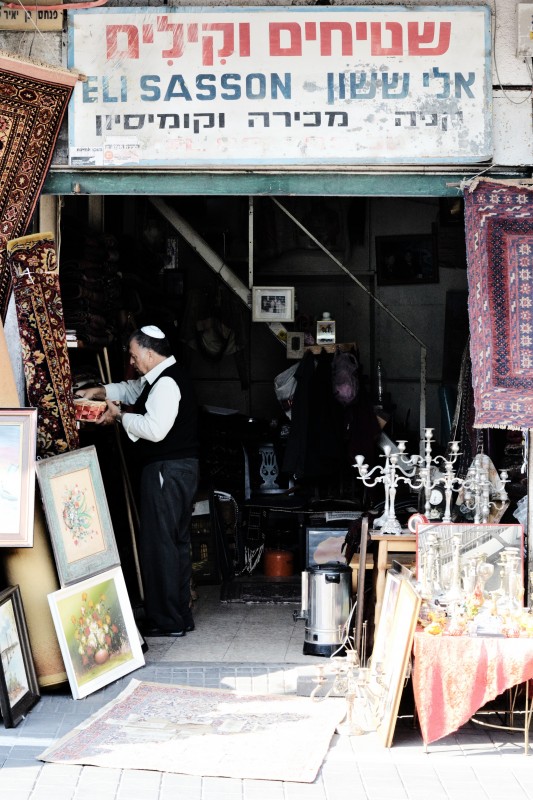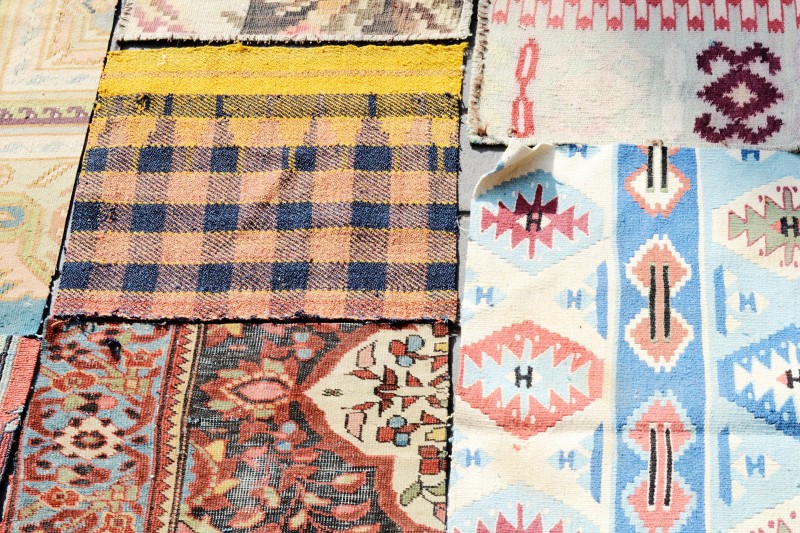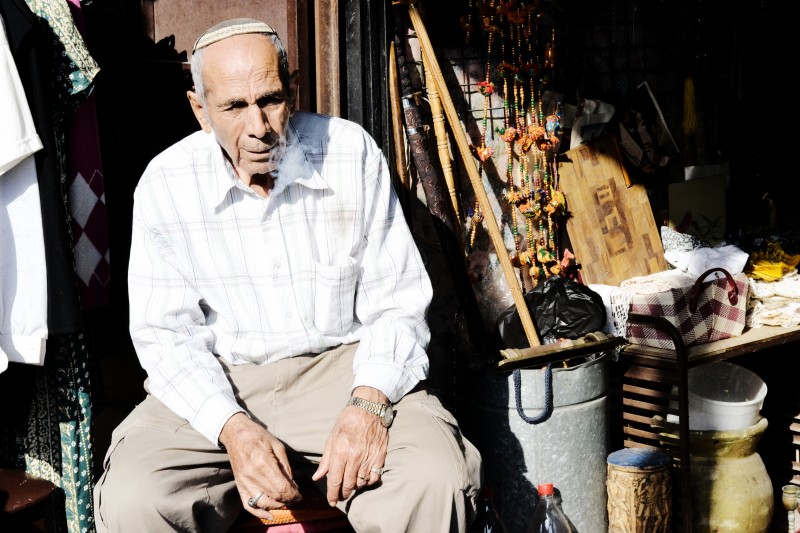Ever enjoyed a Jaffa orange? Its excellent and sweet taste is known throughout the world. However, not a lot of people know that the oranges are exported from a city with a richer history than the content of Madonna’s bank account. Even fewer people know that partnerships in growing and exporting these oranges are an example of Arab-Jewish cooperation despite the political tensions. All politics aside, Jaffa’s history left me feeling like i just came out of an unknown bed in which i had a great time: confused and excited.
According to legend, Japhet (the son of Noah – the patriarch who saves himself, his family and all the world’s animals when God decides to destroy the world because of mankind’s evil deeds), founded Jaffa (Yafo in Hebrew). Jaffa has seen rulers from all corners of the world. From archeological discoveries and ancient documents, historians learned that Jaffa existed as a port city some 4.000 years ago. During that time it provided Egyptian and Phoenician sailors. From biblical accounts that mention the trade of cedars from Lebanon for construction of King Solomon’s Temple, to the story of Jonah and the whale, over Greek legends of the beautiful Andromeda and Perseus and the Biblical visions of Apostle Peter, the history of Jaffa seems like a never-ending story. Alexander the Great, Roman legions, Richard the Lion Heart, Muslim sultan Saladin, Napoleon and General Allenby all conquered the city. The port of Jaffa played a huge role in medieval pilgrimage to Jerusalem and in the increased Jewish immigration in the 19th and 20th century. In short: throughout time, people were very attracted to this economic, religious and vibrant place.
By the beginning of the 20th century the population in Jaffa had grown considerably. A group of Jews left Jaffa for the sand dunes to the north and started a settlement outside the congested city. This settlement, known first as Ahuzat Bayit (lit. “Homestead”), grew to be the city of Tel Aviv. The increased immigration also led to tensions between the Ottoman empire and the new arriving population. In the midst of the First World War, believing their military security to be at risk, the Ottoman authorities deported the entire civilian population from Jaffa and Tel Aviv. The Jews were to be resettled in Egypt, Jerusalem and cities in central and north Palestine. They were not allowed to return until after the British conquest of Palestine.
After the British took control of the area, tensions between the Jewish and Arab populations of the city start to become more frequent. This led to a wave of attacks: the Jaffa riots in 1921 (leaving many Jewish residents to flee and resettle in Tel Aviv), the 1936-1939 Arab revolt in Palestine (inflicting great economic and infrastructural damage on Jaffa) and the 1947-1948 attacks (following the 1947 UN Partition Plan). Because of these attacks, thousands of people fled from Jaffa, leaving nothing behind but cats and dogs. Poverty threatened the continuation of Jaffa as a thriving city. In 1968, the Government of Israel and the Tel Aviv-Jaffa Municipality decided to establish a corporation for the Development of Old Jaffa. It’s primary task was to avert the total destruction of Old Jaffa’s glorious past.
Old Jaffa has since become one of Israel’s biggest tourist attractions. The city now consists of Jews, Christians and Muslims. Its narrow alleys are lined with artists’ quarters, art galleries and shops filled with jewelry, archeology (whether real or false is to be contested) and of course, oranges. The sight of the ancient port and the rocks, set against the back drop of the modern city of Tel Aviv, the romantic paths and gardens in Old Jaffa and blue Mediterranean waves nearby, excite all senses. Today the city of Jaffa is more vibrant and cultural than ever, with terms like avant-garde and bohemian chic written all over its streets. It is a home to contemporary theater and art, tons of restaurants, antique stores, souvenir shops and of course the famous flea market. All this resting on Jaffa’s historical heritage which will never disappear.
UP: All things for the home at One Bedroom יהודה מרגוזה ,12,68136 Tel Aviv-Yafo.
















Well written, very informative and pretty documented by pictures of the daily life.
The point of view of your article has taught me a lot, and I already know how to improve the paper on gate.oi, thank you. https://www.gate.io/zh-tw/signup/XwNAU
Reading your article helped me a lot and I agree with you. But I still have some doubts, can you clarify for me? I’ll keep an eye out for your answers.
Can you be more specific about the content of your article? After reading it, I still have some doubts. Hope you can help me. https://www.binance.com/sl/register?ref=DB40ITMB
I don’t think the title of your article matches the content lol. Just kidding, mainly because I had some doubts after reading the article. https://www.binance.com/sl/join?ref=RQUR4BEO